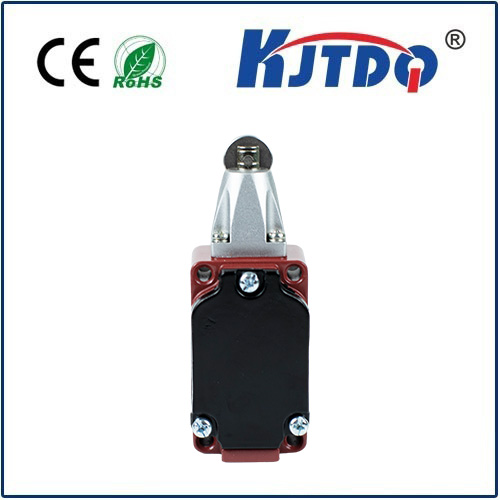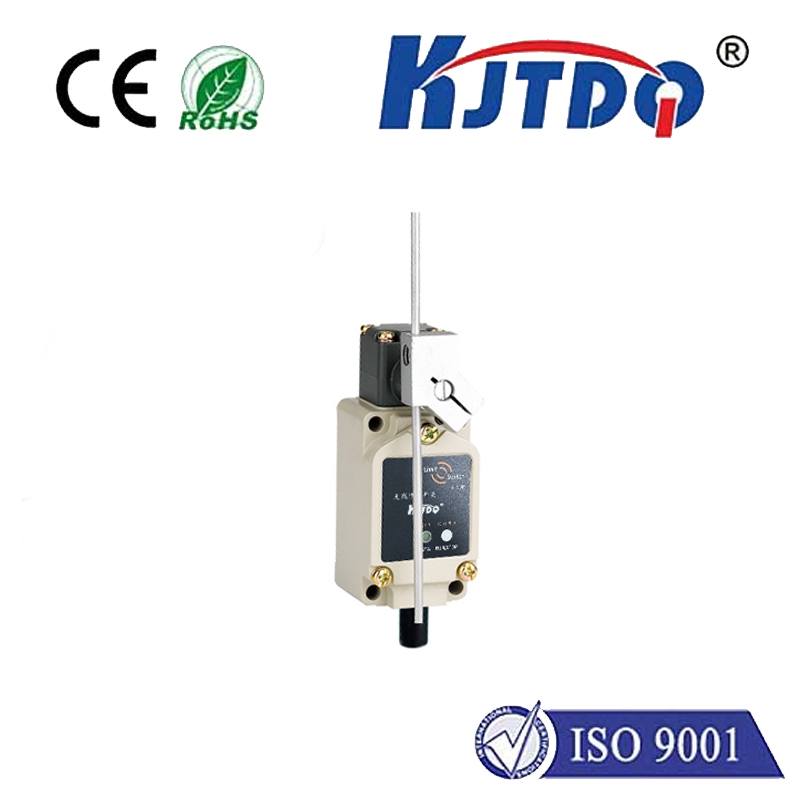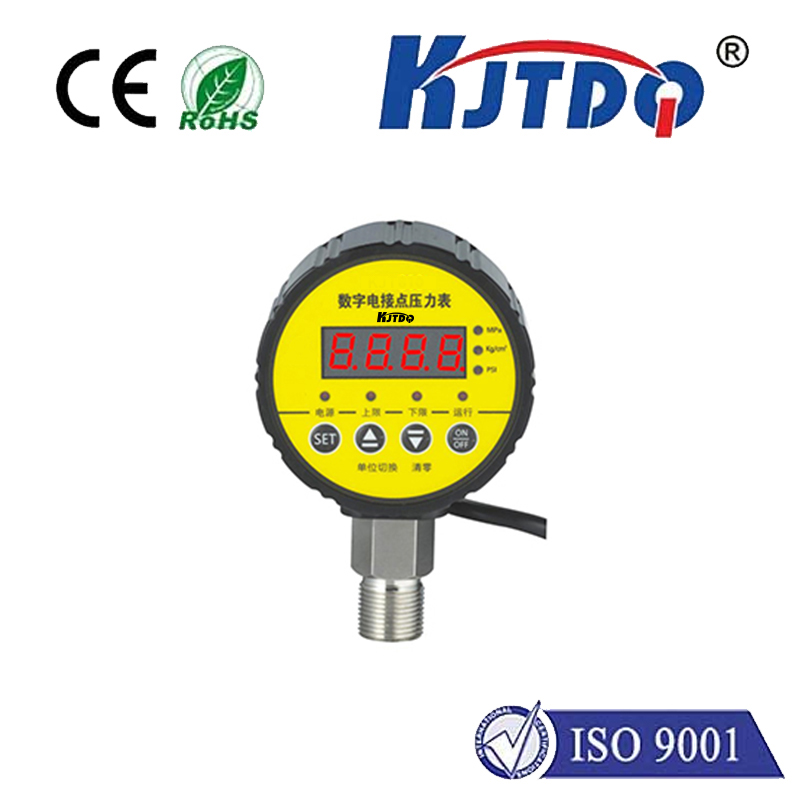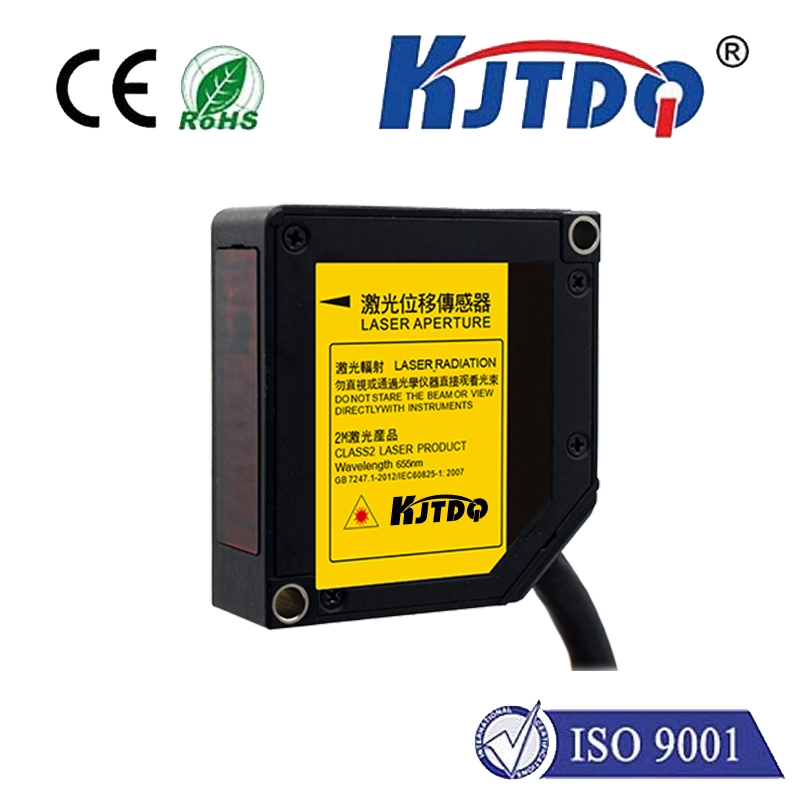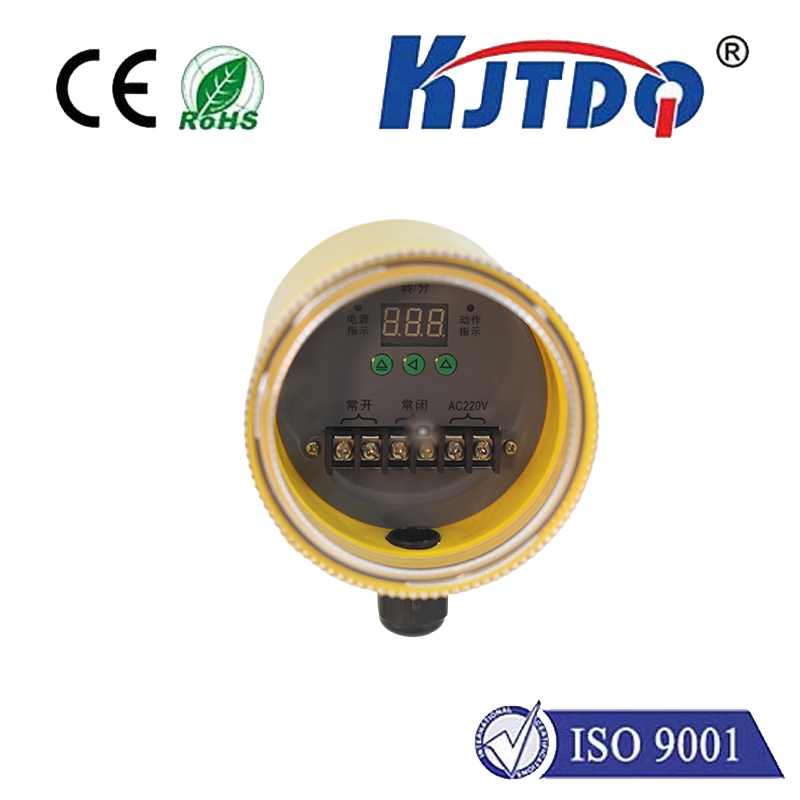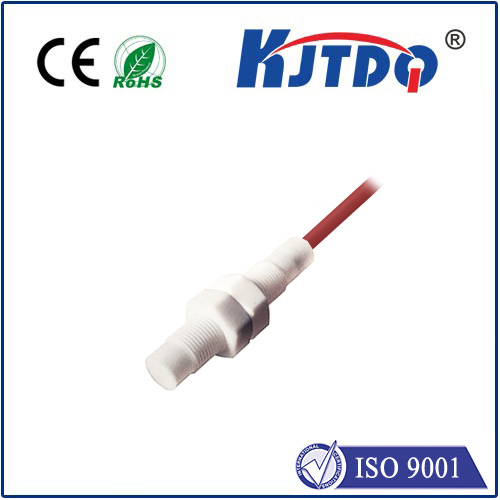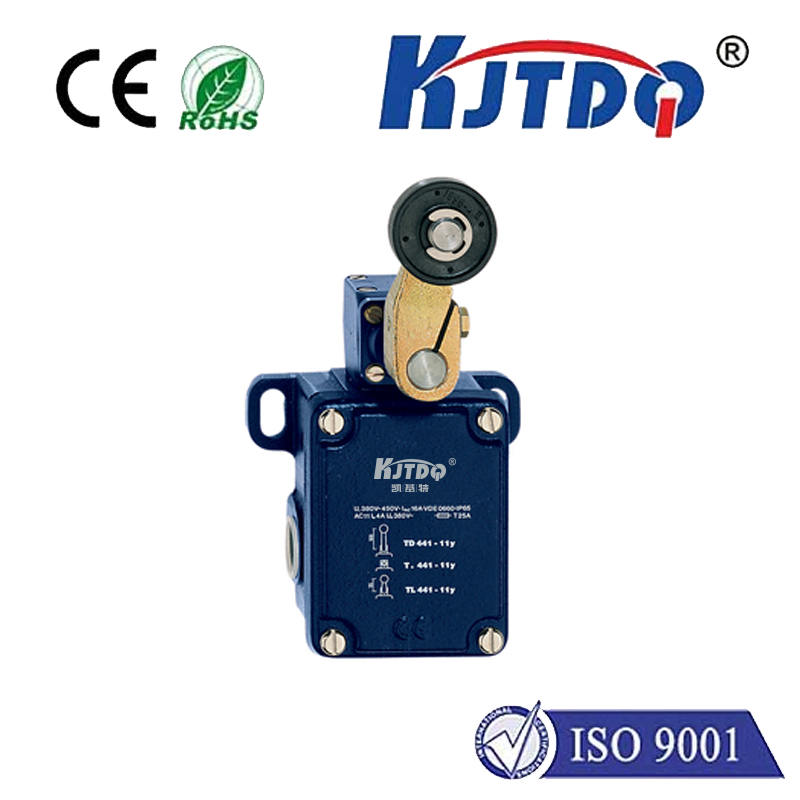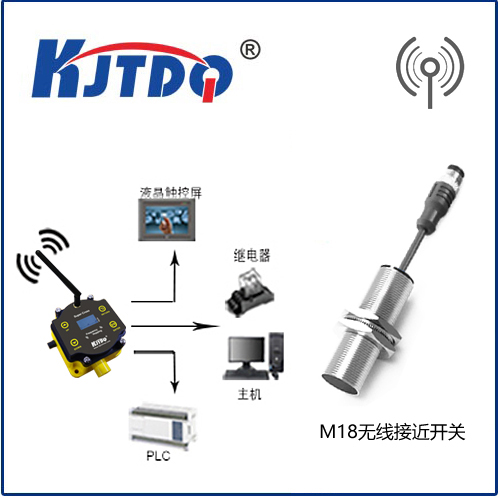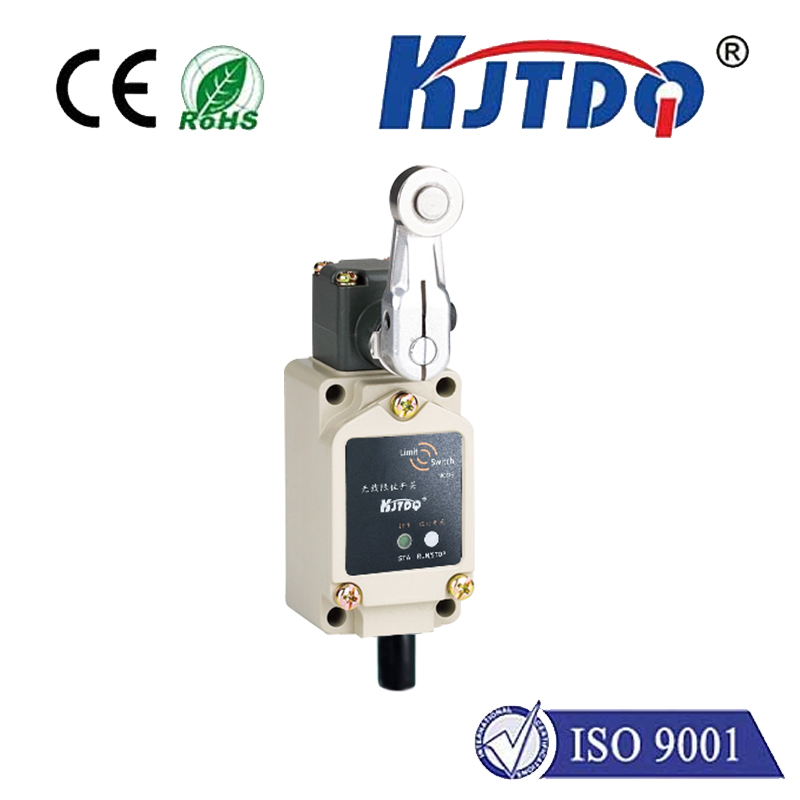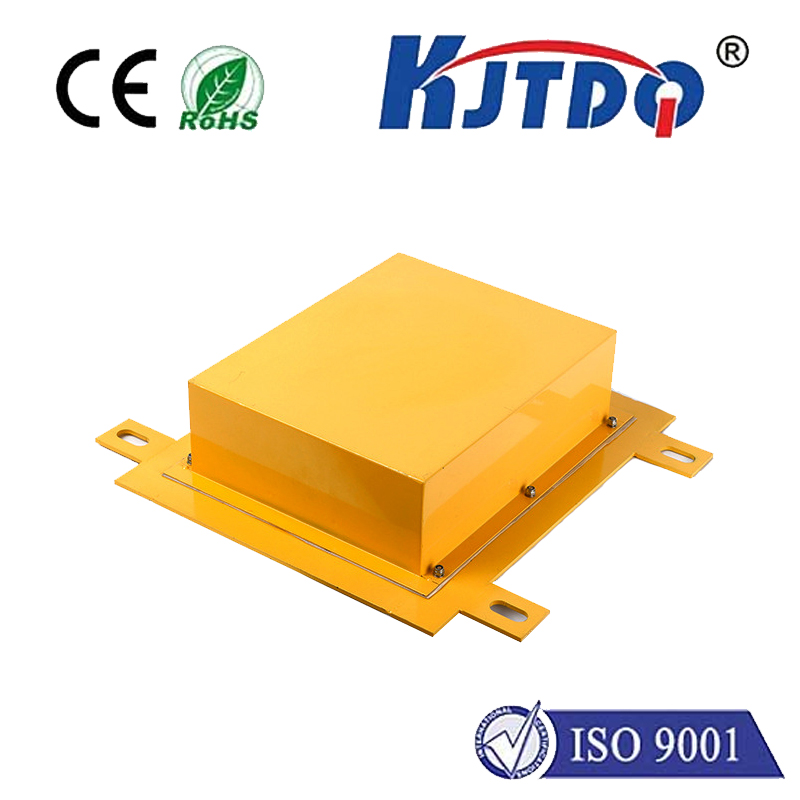Smart Laser Sensors: The Invisible Force Driving Precision in a Connected World Imagine a world where machines anticipate your needs, factories self-optimize, and autonomous vehicles navigate flawlessly—all thanks to an unseen technology working tirelessly behind the scenes. This is the reality enabled by smart laser sensors, a transformative innovation redefining accuracy, efficiency, and connectivity across industries. From manufacturing floors to smart homes, these devices are quietly revolutionizing how we interact with technology.
At its core, a laser sensor measures distance, position, or environmental conditions using focused light beams. However, the term “smart” elevates this technology by integrating advanced features like real-time data processing, machine learning algorithms, and wireless connectivity. Unlike traditional sensors, smart laser sensors don’t just collect data—they analyze it, adapt to changing conditions, and communicate insights to broader systems. For example, in industrial automation, a smart laser sensor can detect microscopic defects on a production line, instantly flagging anomalies while adjusting calibration parameters autonomously. This blend of precision and adaptability minimizes human intervention, reduces errors, and boosts productivity.
Manufacturing & Quality Control Smart laser sensors are the backbone of Industry 4.0. They enable non-contact measurement of components with micron-level accuracy, ensuring consistency in high-speed production environments. Companies like BMW and Siemens use these sensors to inspect engine parts, monitor assembly lines, and even guide robotic arms in real time.
Autonomous Vehicles & Robotics LiDAR (Light Detection and Ranging), a specialized form of laser sensing, is critical for self-driving cars. By emitting thousands of laser pulses per second, LiDAR creates 3D maps of surroundings, allowing vehicles to “see” obstacles, pedestrians, and road signs in all weather conditions. Similarly, warehouse robots rely on smart sensors to navigate dynamic environments safely.
Healthcare & Biotechnology In medical devices, laser sensors enhance precision in procedures like laser surgery and diagnostic imaging. For instance, optical coherence tomography (OCT) uses low-power lasers to generate detailed cross-sectional images of tissues, aiding early detection of diseases like glaucoma.

Smart Infrastructure & Environmental Monitoring Cities are deploying laser sensors to monitor structural health in bridges, detect air quality changes, and manage energy consumption. For example, Singapore’s Smart Nation initiative uses laser-based systems to track traffic flow and optimize public transportation routes.
Traditional sensors often struggle with environmental interference, limited range, or slow response times. Smart laser sensors address these challenges through:
Adaptive Algorithms: Machine learning allows sensors to filter out noise (e.g., dust or ambient light) and focus on relevant data.
High Resolution: With wavelengths in the nanometer range, lasers achieve unparalleled precision in measuring small objects or distances.
Energy Efficiency: Advanced power management ensures continuous operation without frequent maintenance. A case in point is the agriculture sector, where smart laser sensors monitor soil moisture and crop health. By analyzing reflected laser light, farmers gain insights into plant hydration levels, enabling targeted irrigation and reducing water waste by up to 30%.
Despite their potential, smart laser sensors face hurdles. High costs and complexity limit adoption in smaller enterprises, while regulatory standards for safety (e.g., laser intensity limits) vary globally. Additionally, integrating these sensors with legacy systems requires robust middleware solutions. However, advancements in miniaturization and edge computing are lowering barriers. For instance, startups like Aeva are developing compact, cost-effective LiDAR units for consumer drones, democratizing access to high-precision sensing.
Emerging trends suggest a future where smart laser sensors become even more intuitive:
AI-Driven Predictive Maintenance: Sensors will forecast equipment failures before they occur, saving industries billions in downtime.
Biometric Security: Facial recognition systems using lasers could offer spoof-proof authentication for smartphones and secure facilities.
Space Exploration: NASA’s Mars rovers already use laser spectrometers to analyze rock composition—a precursor to more ambitious interplanetary missions. As 5G networks expand, the synergy between smart sensors and ultra-fast connectivity will unlock new possibilities. Imagine disaster-response drones equipped with laser sensors mapping earthquake zones in real time, or smart glasses projecting AR overlays guided by laser-scanned environments.
From factories to far-off planets, smart laser sensors are not just tools but catalysts for progress. Their ability to merge precision with intelligence ensures they’ll remain at the forefront of technological evolution—no concluding platitudes needed. The revolution is already here, one laser pulse at a time.
